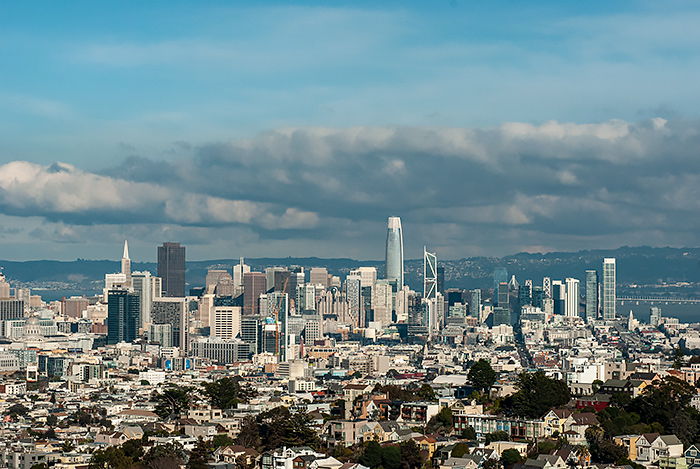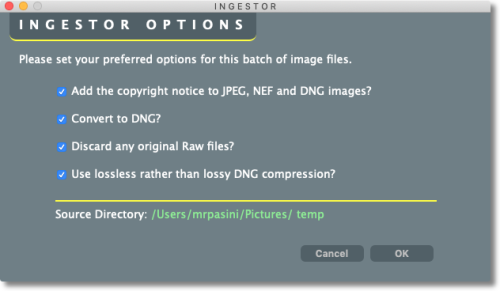Photo Corners headlinesarchivemikepasini.com
![]()
A S C R A P B O O K O F S O L U T I O N S F O R T H E P H O T O G R A P H E R
![]()
Enhancing the enjoyment of taking pictures with news that matters, features that entertain and images that delight. Published frequently.
Winter Cityscape



7 January 2021
What we liked about this view when we came across it was the way the city composed itself under the clouds. If you know the city, you can find quite a few prominent buildings in this shot but the real attraction was all of them together.

Winter Cityscape. Nikon D200 with 43-86mm Nikkor at f8, 1/1000 second and ISO 200.
We had a lot of trouble with the white balance. But we like this rendering. At last. If we made the buildings neutral, the trees looked sick. And if we got the greenery healthy, the buildings looked like an old postcard.
A good dose of DeHaze helped give the image a bit more immediacy. We find ourselves using DeHaze on everything these days (macro shots, too) so using it on a cityscape was refreshing.
As the comparison below shows, we did a lot of editing on the data the camera captured. Here that's represented by the Camera JPEG, the thumbnail stored with the Raw data.
We always convert Nikon's NEF Raw file into an Adobe DNG before doing any editing. It happens when we ingest the images from the card to the computer.
That's an option in the Ingestor software we wrote. But it's also the default.

Ingestor. A Keyboard Maestro interface to the Perl script that runs DNG Converter and ExifTool, among other things when we import images.
We work on a copy of the DNG file rather than the DNG file we've archived. We like to keep the data free of interpretation. The copy is only temporary itself. Our finished product is the thumbnail image we publish.
It may seem negligent not to save the data with the edits for other formats. But we've always liked Ansel Adams's metaphor of the negative as a score and the print as a performance. In this case the negative is the Raw file, the digital negative.
Over the years we've experienced great leaps and bounds in rendering engines (process versions, Adobe calls them) that make starting from scratch more fun than tweaking an old edit anyway.
And who couldn't use a little more fun these days?